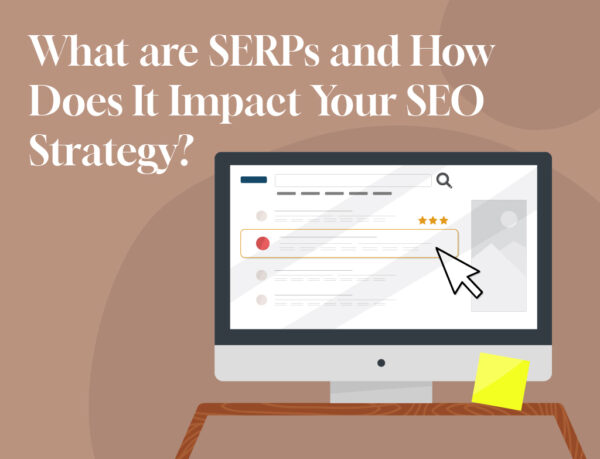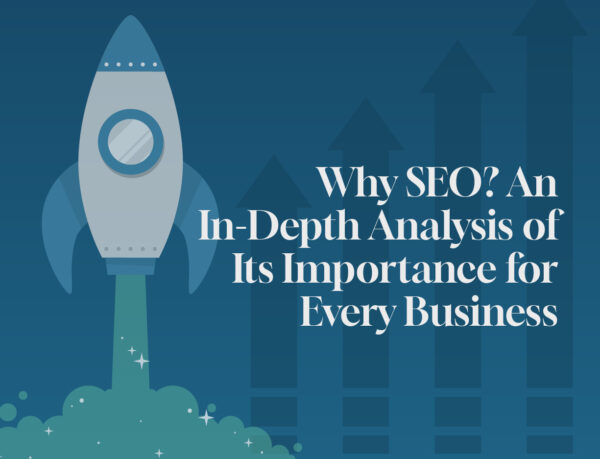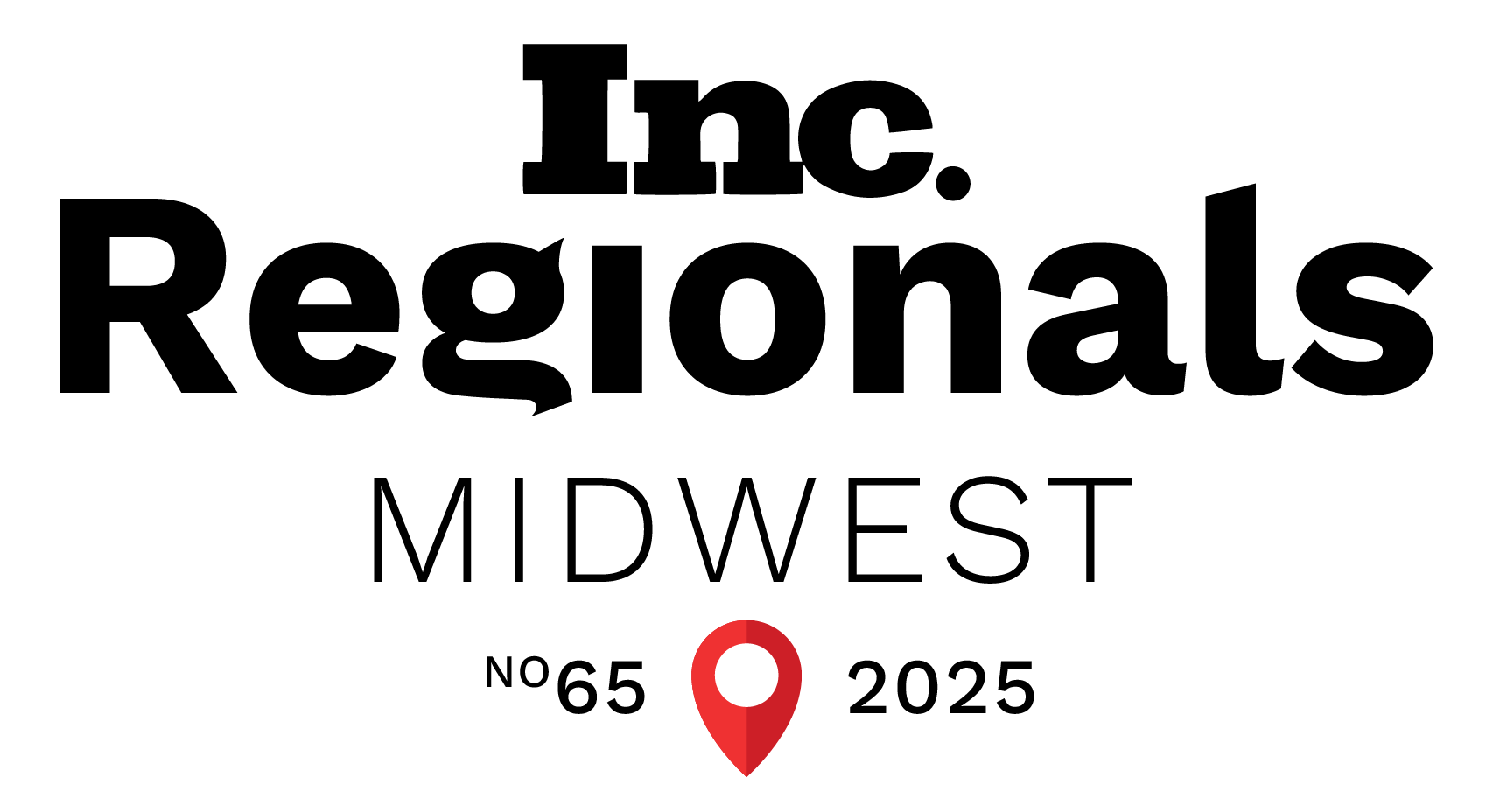The Importance of Brand Identity & Content Marketing

In This Article
One of the many working definitions of trust is as an emotional connection to an external party. Trust plays a vital role in not only our purchasing decisions but also in all aspects of our relationships.
Unfortunately for us business owners, consumers inherently distrust corporations. This probably isn’t a huge surprise, but it begs a few questions:
- How do we build trust between brand and consumer?
- How do we show that our relationship with them isn’t strictly a monetarily-transactional one?
Well, a couple of ways: establishing brand identity and communicating that identity with great content marketing.
Your company’s beliefs play a huge role in revenue & loyalty.
Consumers withdraw from fluffy, dishonest companies that lack personality. Brand trust, loyalty, and attachment are driven by sharing common beliefs and values between brand and consumer. If you can’t communicate that your brand is a member of the same culture as your ideal audience, they’ll find one that is. In fact, research shows that if a product is manufactured by a brand consumers don’t like, 40% of them will go out of their way to find a similar product made by a company they do like.
That’s why it’s crucial that you establish your business’s identity, voice, tone, and articulate key characteristics that are representative of who you are, what you believe, and what you value.
Take a page out of Target’s book.
A lot of Americans—about 70% of them—agree that they make conscious purchasing decisions based on businesses whose values align with theirs. Remember when Target was boycotted after announcing its transgender bathroom policy? Target’s now-ex-customers completely snuffed them after the statement. They took to social media to voice their opinions, share petitions, and even express a deep concern for the safety of their children. Ultimately, brand trust was broken and loyalty was lost—all because of a difference in beliefs.
To Target, it wasn’t about freaking out their customers, making a radical statement, or pushing boundaries; it was about inclusion. Target executives knew it would be risky, but they held true to the brand’s identity and its belief in equality. And that was that.
Maybe your business doesn’t really have an identity. If not, it’s about time you developed one. Stick to your guns. You are who you are for a reason, so show it off.
Build trust & consumer loyalty with content marketing.
Believe it or not, a lot of content marketing involves understanding human behavior. Humans are social animals. We instinctually strive to be a part of a reciprocal community with members similar to us. This concept is linear no matter where we are—even when we’re online looking for products or services. We value the brand behind our products just like we value the beliefs, motivations, and morals of our peers.
In order to convey your similarities to your ideal customers, you have to first find a way to get that message to them. And you can do this with great content marketing.
Start a conversation between brand & consumer.
Successful content marketing strategies require two things: search engine optimization (SEO) and positive user experience. Just because your SEO efforts make your content easy to find doesn’t mean your audience is going to want to read it. Priority number one is to ensure your content is of real quality, genuine, and honest.
The best way to start building trust with your strategies is to first define target personas. Once you secure personas, they must evolve from shadowy figures of inspiration to working, breathing people. When you truly get to know your audience (e.g. location, age, education level, gender, etc.), it makes creating content strategies that are aligned with their values easier and more trustworthy.
Here’s an example:
Old Navy tweeted a photo of an interracial family in an ad back in April. Harmless, right, considering it isn’t 1955 anymore? Not so much. Twitter users freaked out. One person said he and his family would “never set foot in an Old Navy store again,” and another user called it “anti-white propaganda.” Absurd, right?
But among the bad, there’s always good: Hundreds of families responded to the tweet with pictures of their own interracial families, thanking Old Navy for its acceptance and support. Some even mentioned they’d be heading to Old Navy that same day to shop.
Old Navy spokesperson Debbie Felix responded to the social media fire beautifully, stating that it’s a “brand with a proud history of championing diversity and inclusion.” Even without Felix’s statement, one thing is clear: No matter who you are and who you love, everyone is welcome at Old Navy stores. And they said it all with one picture.
Moral of that story? Be bold with your content. Embrace honesty and transparency. Let your audience know that you want to make their lives easier—not harder—and that behind your brand are people just like them—people with real morals and real values.
Content marketing should be a creative adventure.
Don’t make the mistake of creating tiresome content, like only pushing posts about company-related news or announcements. While news is important, it’s information that loses value very fast. Not to mention, it doesn’t show your audience that you’re invested in them at all. You’ll come off as sales-y, self-motivated, and flat. Ultimately, you’re offering them little to no takeaways.
Instead, use your content as a creative outlet to deliver timeless, fun, and helpful information. It makes you more memorable, and it shows your audience that you’re thinking about their needs—not just your revenue. You can communicate this through blog posts, videos, photos (hence Old Navy), and so on. You have tons of possibilities. The internet is a vastly enormous space filled with millions of people all over the world. It’s one of the most under-utilized spaces for small brands to communicate, so don’t let it go to waste.
Marketing strategies should evolve alongside consumers.
At one time, a brand’s identity didn’t matter much to the consumer. However, the world we live in changes every day, and thus our perceptions and values follow. With honesty comes risk, but when you’re real, the people who truly share the same values and beliefs as your brand will band together in loyalty.
Must-read articles
Looking for something else?
There's so much more
Ready to Inquire?














